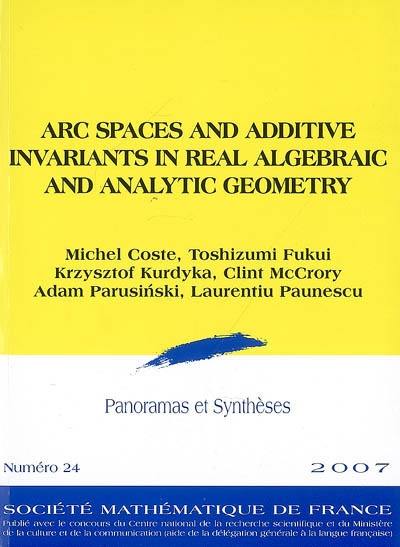
Serie : Panoramas et synthèses. Vol 24
Paru le 15/01/2008 | Broché XVIII-125 pages
Professionnels
In this volume we present some new trends in real algebraic geometry based on the study of arc spaces and additive invariants of real algebraic sets. Generally, real algebraic geometry uses methods of its own that usually differ sharply from the more widely known methods of complex algebraic geometry. This feature is particularly apparent when studying the basic topological and geometric properties of real algebraic sets ; the rich algebraic structures are usually hidden and cannot be recovered from the topology. The use of arc spaces and additive invariants partially obviâtes this disadvantage. Moreover, these methods are often parallel to the basic approaches of complex algebraic geometry.
Our presentation contains the construction of local topological invariants of real algebraic sets by means of algebraically constructible functions. This technique is extended to the wider family of arc-symmetric semialgebraic sets. Moreover, the latter family defines a natural topology that fills a gap between the Zariski topology and the euclidean topology.
In real equisingularity theory, Kuo's blow-analytic équivalence of real analytic function germs provides an equivalence relation that corresponds to topological equivalence in the complex analytic set-up. Among other applications, arc-symmetric geometry, via the motivic integration approach, gives new invariants of this equivalence, allowing some initial classification results.
The volume contains two courses and two survey articles that are designed for a wide audience, in particular students and young researchers.